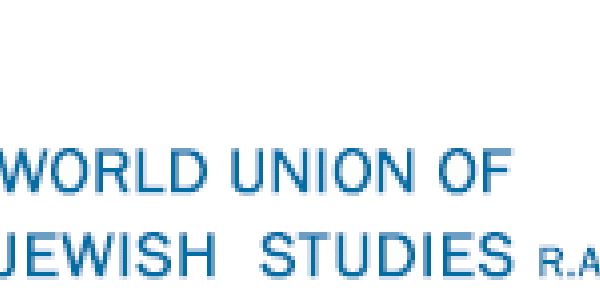Panel Microcosms of the Holocaust.
Jewish Self-Definition and Community Life 1943-1945: Geltungsjuden, Jewish Community and non-Jewish Environment in Berlin, 1943-1945.
06/08/2017 | Na stronie od 30/03/2020

Source: The 17th World Congress of Jewish Studies, Jerusalem, Israel, August 6-10, 2017, 2017 and <<<
Maria von der Heydt, Naida-Michal Brandl, Michaela Raggam-Blesch
This paper addresses Geltungsjuden – children of a non-Jewish parent considered to be part of the Jewish community. Besides intermarried Jews, they were the second major group remaining “legally” in Germany even after June 1943, when Goebbels had declared Berlin “free of Jews.” Focusing on Berlin’s Jewish community as still the largest in Germany, I will follow those less than a thousand “last Jewish youngsters”, who – under the persisting threat of deportation – struggled for physical and spiritual survival.
New research on German late-war Jewish communities generally focuses on the experience of Jews in hiding or mixed marriage families such as Beate Meyer’s magisterial work on Mischlinge as well as Susanna Schrafstetter’s and Max Strnad’s work on Munich. This paper examines the connections between ongoing deportations, a fluid Jewish identity and the coexistence of their in- and exclusion within the remaining Jewish community. At the same time, Geltungsjuden experienced everyday persecution, denunciations as well as occasional solidarity and help by Berlin’s non-Jewish population.
There is a narrative in many testimonies of survivors who were deported in the years up to 1943, that Jewish life in Berlin ended with the dissolution of the Reichsvereinigung der Juden on June 10th, 1943. But actually, the Reichsvereinigung was never formally dissolved, as the Reichssicherheitshauptamt was interested in keeping the remainder of Jewish assets under their control, instead of handing everything over to the Oberfinanzpräsident - and thus, a letter dated August 1943 states, that the Reichsvereinigung in fact continued to exist beyond the deportation of its full-jewish members in early summer 1943. Parallel to that and equally lesser-known, the Jewish community of Berlin did not „collapse“ (as a Berlin survivor then in Theresienstadt expressed it) but continued to exist - a pale, absurd, yet quite real existence.
When in May 1945 Geltungsjuden became the “first Jewish youth” of the post-war community, most of them had survived by Jewish as well as non-Jewish assistance. Thus, Geltungsjuden invite us to re-examine the complexity of Jewish and non-Jewish relations. This will contribute to our understanding of the last stage of the Holocaust, but will also help us understand how after the war, some of these survivors could call Berlin, of all places, their home.
More Info: manuscript of panel contribution can be made available, pls ask!
Publication Date: 2017
Publication Name: The 17th World Congress of Jewish Studies, Jerusalem, Israel, August 6-10, 2017
More:
The Seventeenth World Congress of Jewish Studies , August 6-10, 2017, Jerusalem
The 17th World Congress of Jewish Studies marked 70 years since the 1st Congress held in 1947 at the Hebrew University of Jerusalem. The occasion was celebrated at the festive opening event, where president of the World Union of Jewish Studies Prof. Moshe Idel welcomed the guests from all over the world, followed by Hebrew University president Prof. Menachem Ben Sasson, AJS president Prof. Pamela S. Nadell, and EAJS representative Dr. Francois Guesnet. During the five congress days, over 1700 scholars presented their newest research in the field of Jewish Studies.
Click here for the complete program of the 17th World Congress of Jewish Studies.